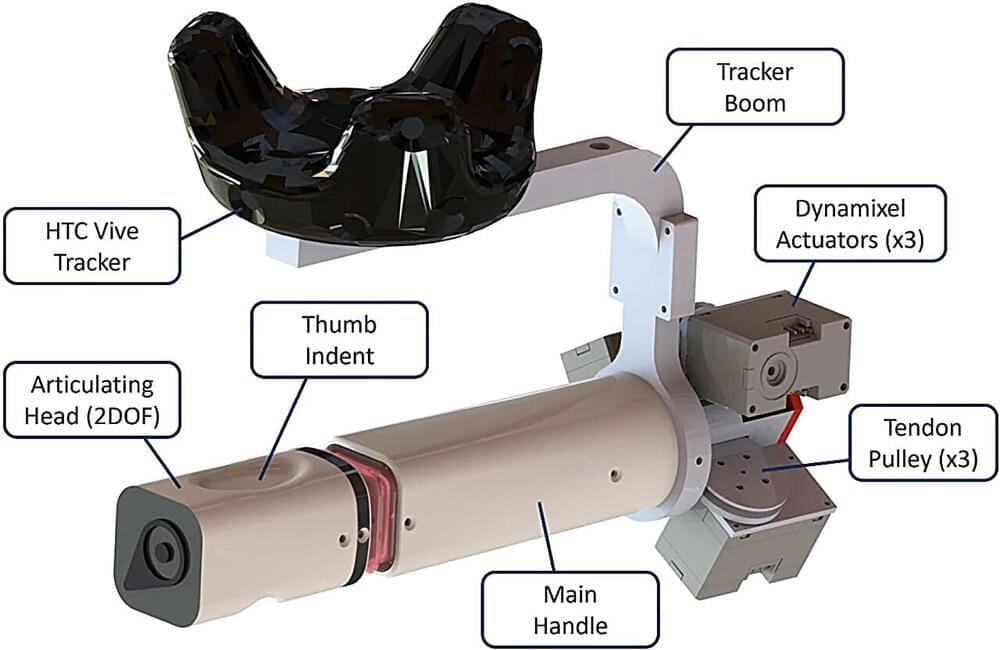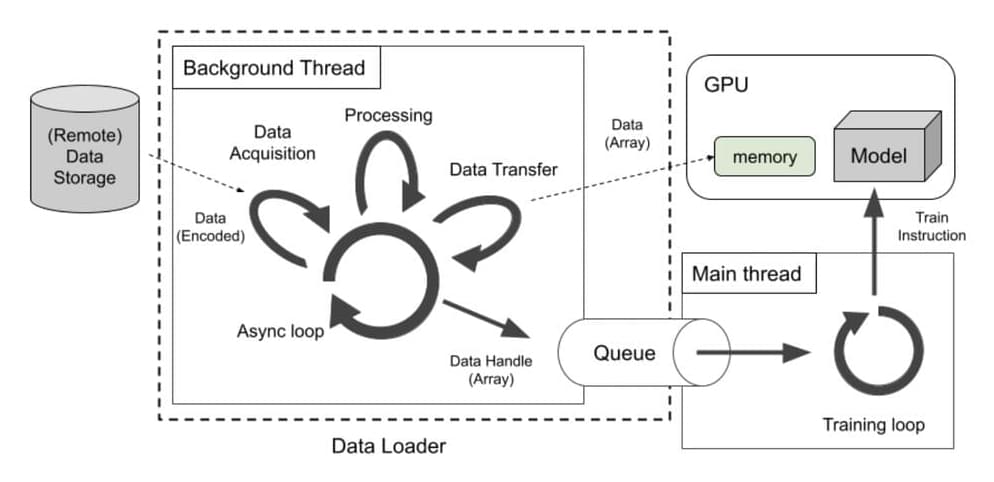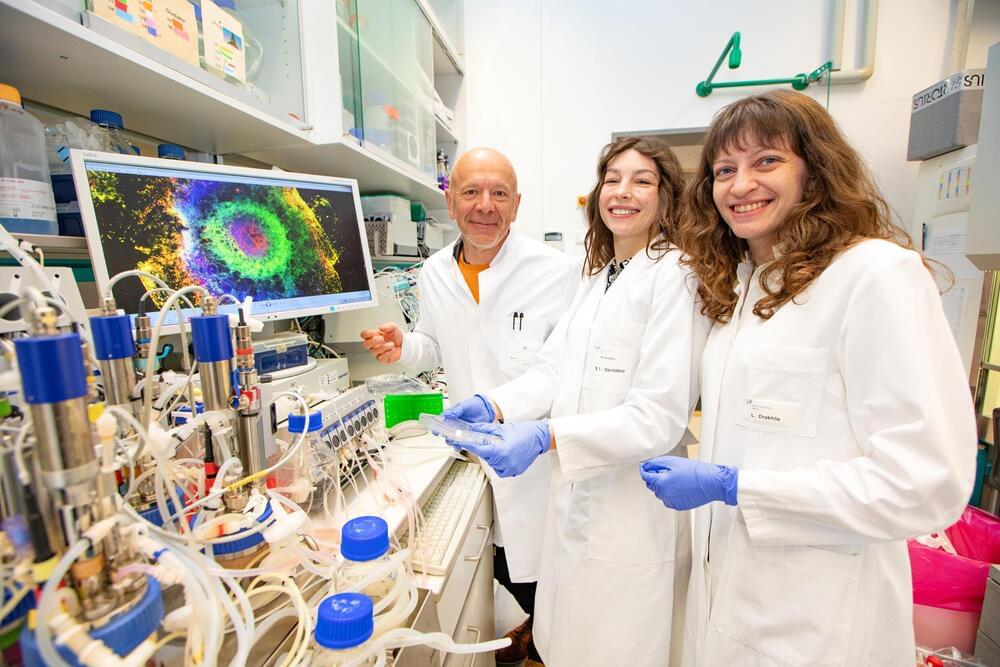Water electrolysis is a cornerstone of global sustainable and renewable energy systems, facilitating the production of hydrogen fuel. This clean and versatile energy carrier can be utilized in various applications, such as chemical CO2 conversion, and electricity generation. Utilizing renewable energy sources such as solar and wind to power the electrolysis process may help reduce carbon emissions and promote the transition to a low-carbon economy.
The development of efficient and stable anode materials for the Oxygen Evolution Reaction (OER) is essential for advancing Proton Exchange Membrane (PEM) water electrolysis technology. OER is a key electrochemical reaction that generates oxygen gas (O₂) from water (H₂O) or hydroxide ions (OH⁻) during water splitting.
This seemingly simple reaction is crucial in energy conversion technologies like water electrolysis as it is hard to efficiently realize and a concurrent process to the wanted hydrogen production. Iridium (Ir)-based materials, particularly amorphous hydrous iridium oxide (am-hydr-IrOx), are at the forefront of this research due to their high activity. However, their application is limited by high dissolution rates of the precious iridium.








